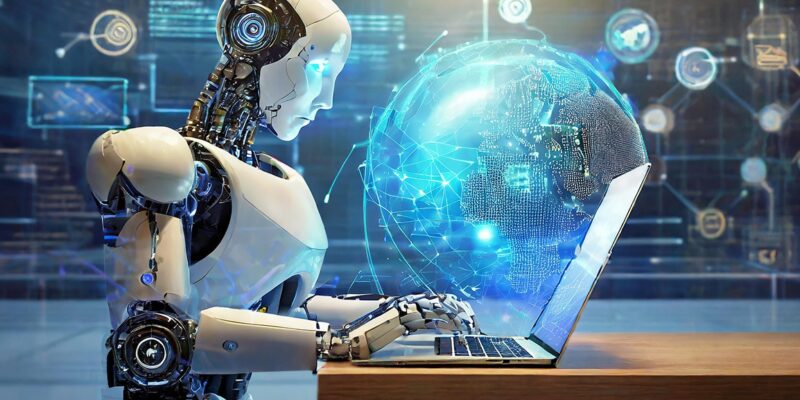In the fast-paced world of web design, artificial intelligence (AI) is revolutionizing how agencies create and optimize websites. AI tools have enabled web design agencies to enhance user experience, personalize content, and increase efficiency in project development.
A prominent example of this advancement is Nubelab, an Argentine agency that has successfully integrated AI into its processes.
Artificial intelligence’s role in web design extends beyond simple automation—it fundamentally changes how websites are built, managed, and continuously improved. As a result, web design agencies are witnessing new opportunities to provide value, enhance creativity, and deliver data-driven solutions.
With AI, agencies can harness data in ways previously unimaginable, ensuring that each project is not only aesthetically pleasing but also optimized for performance. Designers are now equipped with tools that can predict trends, ensuring that their designs remain relevant.
In a world where digital presence is crucial, adopting AI could mean the difference between standing out or being left behind.
How Is AI Changing Web Design?
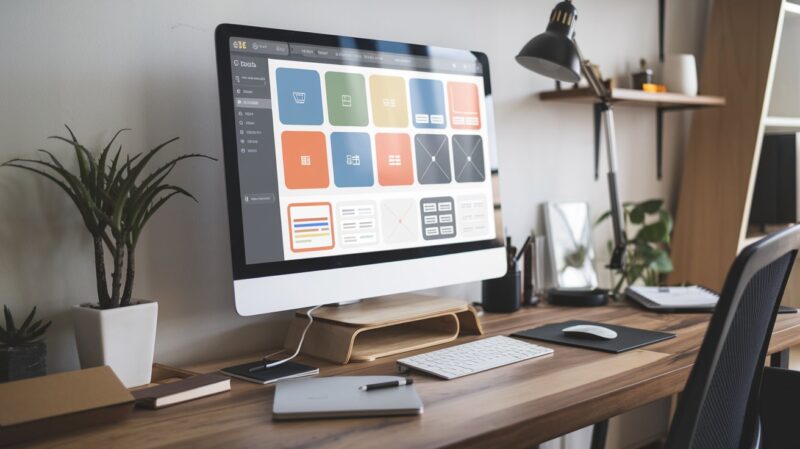
Artificial intelligence has introduced a range of tools that help designers automate repetitive tasks, analyze large volumes of data, and predict design trends. For example, machine learning algorithms can analyze user behavior patterns to improve website navigation and offer more relevant content.
Moreover, AI can generate personalized designs based on user preferences and behavior, resulting in a more engaging and effective experience.
Advanced Personalization Through AI
AI’s ability to predict user preferences allows agencies to create deeply personalized experiences for each visitor. Machine learning algorithms can learn from previous interactions, creating a dynamic environment where the site adjusts in real-time based on user input.
This goes beyond static website design, offering visitors a tailored experience every time they visit. Such personalization improves retention rates and significantly enhances customer satisfaction, as users are met with content that resonates with their needs and interests.
- AI tools can track individual user journeys to offer hyper-specific recommendations.
- Personalization includes changing not only content but also colors, layouts, and call-to-action elements based on behavior.
- Websites can evolve dynamically, ensuring they remain fresh and engaging.
Benefits of AI in Web Design
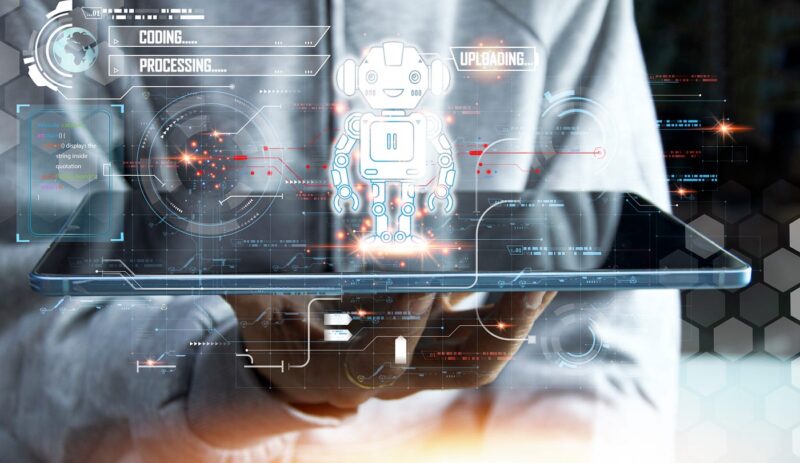
- Enhanced personalization ─ With AI, it is possible to tailor websites to the specific interests and behaviors of each user, creating a unique and personalized experience.
- Task automation ─ Artificial intelligence can handle repetitive tasks, such as image optimization or content generation, allowing designers to focus on more creative aspects of the project.
- Predictive analysis ─ AI tools can predict which designs and structures will work best based on historical data and user behavior patterns, continuously improving website effectiveness.
- Continuous optimization ─ AI enables continuous website optimization by making adjustments based on real-time data, ensuring the site is always aligned with current trends and needs.
AI for Faster Workflow Efficiency
Web design projects often involve time-consuming processes, but AI is streamlining many of them. From automating wireframe generation to using AI-powered tools for coding assistance, agencies are finding that they can meet deadlines faster while still delivering top-quality products.
Artificial Intelligence’s integration into development cycles means fewer manual revisions and quicker iterations, allowing for more time spent on fine-tuning creative elements.
Key Steps for Improved Efficiency:
- Automate early-stage processes like wireframing and basic layouts.
- Use AI-assisted tools for rapid coding and bug detection.
- Implement machine learning models to continuously test and optimize performance metrics.
AI and the Future of Web Design Agencies

The use of artificial intelligence in web design is just beginning. As technology continues to advance, we are likely to see even more innovations that will transform how web design agency operate.
For example, AI is expected to evolve to offer more advanced personalization capabilities, allowing for even more dynamic and specific user experiences. Additionally, with the ongoing development of deep learning and neural networks, agencies could begin using AI to create entirely new designs that automatically adapt to user preferences.
Agencies, which are at the forefront of AI adoption, are setting a high standard for the future of web design. These agencies are demonstrating that AI can not only improve the efficiency and quality of design work but also provide clients with significant added value through customized and optimized solutions.
AI’s Role in User Testing and Feedback
One of the critical benefits of AI in web design is its ability to gather and analyze user feedback in real-time. With tools that monitor user interactions, agencies can quickly identify areas for improvement and implement those changes instantly. This capability reduces guesswork and ensures that websites are optimized based on concrete user data, not assumptions.
Main AI-driven solutions include:
- Automated A/B testing to see which versions of a site perform best.
- Heatmap analysis tools to track user interactions and identify key points of interest or confusion.
- Real-time feedback prompts to gather user input while they navigate the site.
The Evolution of AI in Web Design

Artificial intelligence in web design has evolved significantly over the past few years. Initially, AI was used for basic tasks like automating simple processes and analyzing user data. However, recent advancements have allowed AI to take on more complex roles, such as generating creative content, designing layout structures, and even predicting future design trends.
This evolution has been driven by advancements in machine learning, natural language processing, and computer vision technologies, which have expanded the capabilities of AI in web design.
AI-Powered Design Tools ─ A Game Changer for Agencies
One of the most impactful developments in AI for web design is the advent of AI-powered design tools. These tools enable agencies to streamline their workflow and deliver higher-quality results in less time.
For instance, AI-driven design platforms can automatically generate website mockups based on user preferences or business goals. They can suggest color schemes, fonts, and layouts that are most likely to resonate with the target audience. This level of automation reduces the time and effort required from designers and ensures that the final product is data-driven and optimized for success.
The Ethical Considerations of AI in Web Design
As AI becomes more prominent, web design agencies must also consider privacy concerns, data security, and potential biases in AI algorithms. These are critical issues that agencies must address to maintain trust with users. This means adopting best practices for transparency and making sure these tools respect user data privacy.
Ethical AI implementation guidelines:
- Ensure AI algorithms do not perpetuate bias in design recommendations.
- Use AI transparently, letting users know how their data is being used.
- Prioritize data security by working only with trusted platforms.
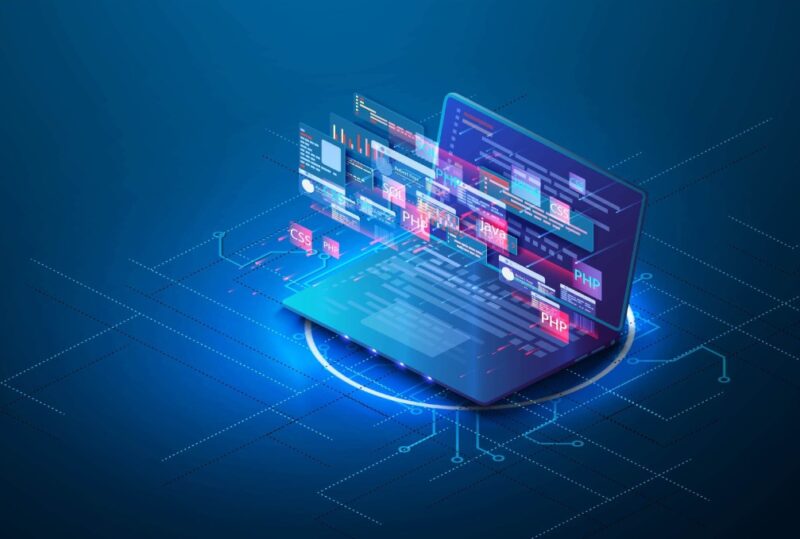
Enhancing Creativity with AI
Contrary to the fear that AI might stifle creativity, many designers find that it actually enhances their creative process. AI tools are used to explore a wide range of design possibilities quickly. Designers can input parameters or guidelines, and the AI can generate multiple design variations within seconds.
This allows designers to experiment with ideas they might not have considered otherwise, pushing the boundaries of traditional design. AI acts as a collaborator, augmenting human creativity rather than replacing it.
AI and User Experience (UX) Design
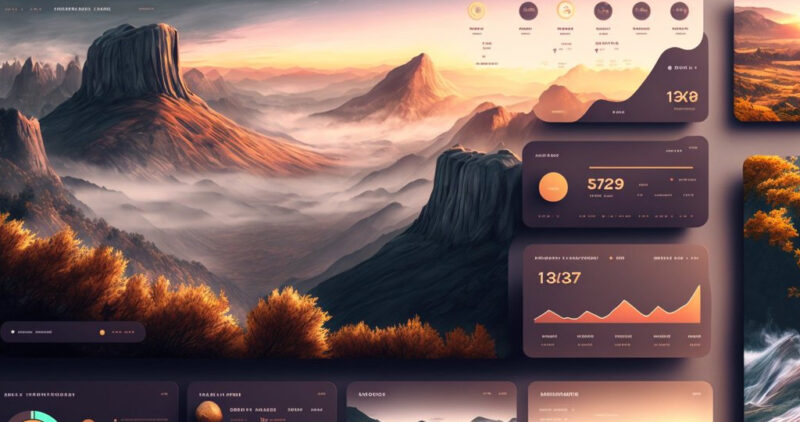
User experience is at the heart of any successful web design project. With AI, agencies can take UX to the next level. AI algorithms can analyze user behavior data to understand how people interact with a website, where they spend the most time, and which elements cause friction or confusion.
This data-driven approach allows agencies to make precise adjustments to improve usability, reduce bounce rates, and increase user engagement. Furthermore, AI can personalize the UX in real time, offering users content and recommendations tailored to their specific preferences and behaviors.
Conclusion
Looking ahead, we can expect AI to continue transforming the landscape of web design. Emerging trends include the integration of AI with augmented reality (AR) and virtual reality (VR) to create immersive web experiences.
The incorporation of artificial intelligence in web design is reshaping the industry, offering unprecedented opportunities for innovation and efficiency. Agencies exemplify how AI can be leveraged to deliver cutting-edge, user-centered designs that stand out in a crowded digital landscape.
By embracing AI, the agency not only enhances its design capabilities but also provides its clients with forward-thinking solutions that meet the demands of today’s digital age.
As AI tools continue to advance, those agencies that stay ahead of the curve will set new benchmarks in creativity, efficiency, and user experience. In the end, artificial intelligence will not only shape web design’s future—it will define it.
Related Posts:
- Can Artificial Intelligence Have a Profound, Rather…
- How Online Casinos are Using Artificial Intelligence…
- How Artificial Intelligence Developed the iGaming Industry
- Web Design for Power Washing, Pressure Washing, and…
- 5 Ways Web Design Impacts Content Marketing - 2024 Guide
- 8 Ways Web Design Affects Your Bounce Rate - 2024 Guide

